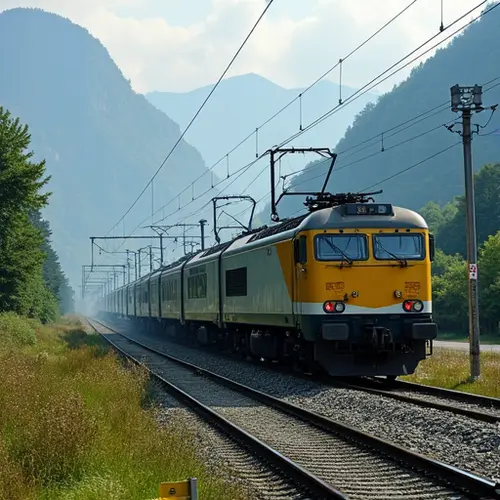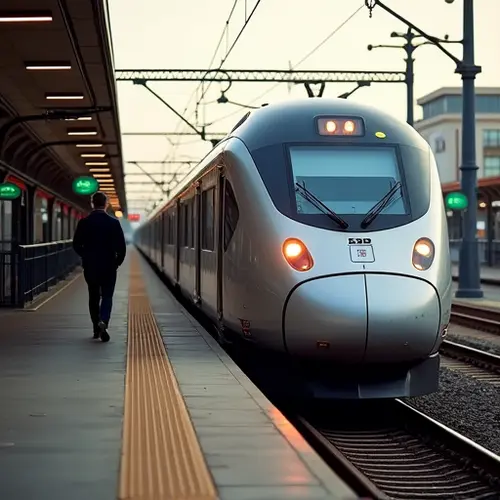
Cross-Continental Rail Vision Gains Momentum
Transport authorities worldwide are accelerating feasibility studies for ambitious high-speed rail corridors that could revolutionize intercontinental travel. These mega-projects aim to connect continents through ultra-fast rail networks, with several proposals now entering advanced assessment phases.
Key Corridor Proposals
Major initiatives under review include:
- Trans-Eurasian corridor linking China to Europe via Central Asia
- North American network connecting Canada, US, and Mexico
- ASEAN-China corridor through Southeast Asia
- Trans-African routes connecting key economic hubs
Technical and Political Challenges
Engineers face significant hurdles including varying rail gauges, extreme weather adaptation, and mountainous terrain. The International Union of Railways emphasizes that true high-speed rail requires dedicated tracks supporting 250+ km/h speeds.
Funding and Cooperation Models
Multinational consortia are exploring innovative financing including public-private partnerships and infrastructure bonds. The recent APTA report highlights the importance of standardized regulations across borders.
Environmental and Economic Impacts
Studies show high-speed rail could reduce aviation emissions by up to 90% on comparable routes. The proposed North American network alone might create 2.1 million jobs during construction according to recent NYT analysis.
Global Status Check
While China dominates existing high-speed infrastructure with 2/3 of global networks, other regions are catching up:
| Region | Active HSR (km) | Under Construction |
|---|---|---|
| Europe | 11,000 | 3,200 |
| Asia (ex-China) | 4,500 | 1,800 |
| Americas | 735 | 1,100 |
Future Projections
Feasibility reports are expected by late 2026, with the most promising corridors potentially beginning construction before 2030. Success depends on sustained political will and international cooperation.

 Nederlands
Nederlands
 English
English
 French
French
 Deutsch
Deutsch
 Espaniol
Espaniol
 Portugese
Portugese








